
 It's been called brilliant. Simply amazing. A unique and innovative spin on the bunker-warfare genre. Then again, others call it a letdown. A big tease, just vaporware; an over-hyped concept that will never truly come to fruition.
It's been called brilliant. Simply amazing. A unique and innovative spin on the bunker-warfare genre. Then again, others call it a letdown. A big tease, just vaporware; an over-hyped concept that will never truly come to fruition. 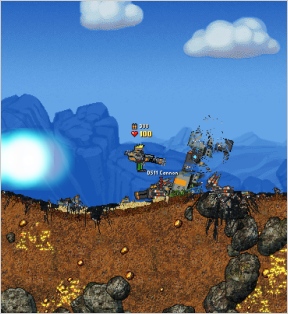 But it seems like no matter what side of the fence they're on, critics can't deny that Cortex Command is one of the most intriguing independent games to surface this year. Developer Dan Tabar of Data Realms has been working on Cortex Command for over seven years, although most of that work's momentum has accumulated only recently (Tabar quit his job in 2006 to work on the game full-time). The newest release (Build 22, making the game technically still in beta) came out last month and proved to be a milestone for the project, with the inclusion of new content, optimizations and a Mac OSX version.
But it seems like no matter what side of the fence they're on, critics can't deny that Cortex Command is one of the most intriguing independent games to surface this year. Developer Dan Tabar of Data Realms has been working on Cortex Command for over seven years, although most of that work's momentum has accumulated only recently (Tabar quit his job in 2006 to work on the game full-time). The newest release (Build 22, making the game technically still in beta) came out last month and proved to be a milestone for the project, with the inclusion of new content, optimizations and a Mac OSX version.
 In Cortex Command, you assume the role of a disembodied brain (floating in a jar, actually) that's able to network with — and telepathically control — a variety of machines and soldiers. The basic premise is that you're setting up shop on hostile alien worlds to mine for resources, while your enemy is doing the same. Superficially, it sounds more like a real-time strategy game than a turn-based warfare game, which is one of the main reasons Cortex Command has so much potential; it's both! Actual gameplay is much more of the latter, but the resource-gathering and ability to let the AI control your units are hallmark elements of RTS games. Your "brain" is secured inside a bunker on one side of the map, with your opponent's on the other side. The goal is to use robots and foot soldiers — armed with an almost ridiculously large arsenal of weapons to choose from — to infiltrate the other player's base and destroy their brain.
In Cortex Command, you assume the role of a disembodied brain (floating in a jar, actually) that's able to network with — and telepathically control — a variety of machines and soldiers. The basic premise is that you're setting up shop on hostile alien worlds to mine for resources, while your enemy is doing the same. Superficially, it sounds more like a real-time strategy game than a turn-based warfare game, which is one of the main reasons Cortex Command has so much potential; it's both! Actual gameplay is much more of the latter, but the resource-gathering and ability to let the AI control your units are hallmark elements of RTS games. Your "brain" is secured inside a bunker on one side of the map, with your opponent's on the other side. The goal is to use robots and foot soldiers — armed with an almost ridiculously large arsenal of weapons to choose from — to infiltrate the other player's base and destroy their brain.
One of the best features of the game is the many "actors" (units) and weapons that you can buy. There are robot and human actors, as well as aliens, zombies and dummies (that's right, as in crash-test dummies). There are literally dozens of weapons; pistols, machine guns, shotguns, flak cannons, sniper rifles, laser rifles... the list goes on. Additional items (like riot shields or explosives) make for an almost-limitless number of gameplay scenarios. All of these items are bought using the gold gathered from the map, which need to be mined from underground (although you'll start off with more than enough money in most of the demo maps). They appear as tiny yellow dots in the dirt, usually found in clusters. Your units can equip different "digging guns" that basically burrow into the ground, Dig-Dug-style (only in this case, it's detailed down to the pixel, much like the Sand physics webtoys you've probably seen online). Everything is purchased through a slide-out "shopping" menu, where it's all categorized. You can choose units, weapons and items (and even have units equipped with the items if you place them under each unit in the order list), all of which are delivered from orbit.
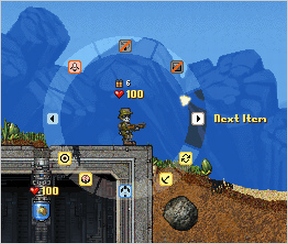 You can even choose between several ways to deliver your cargo, depending on how much money you want to risk. Cheaper transport like the rockets are harder to control, while the more expensive drop ships are easier to stabilize. Why does it matter in the first place, you might wonder? Well, the answer is just one example that illustrates how detailed the game mechanics of Cortex Command are. Not only can you crash your ship (destroying its cargo, as well as anything it lands on), you can accidentally burn up your allies if the ship's thrusters get too close to them. On the other hand, it's usually in your interest to be able to place units exactly where you want on the map, something that takes high maneuvering skill without a more expensive ship. Once your cargo is offloaded, you can return to orbit by flying off-screen and get your money back for the price of the ship.
You can even choose between several ways to deliver your cargo, depending on how much money you want to risk. Cheaper transport like the rockets are harder to control, while the more expensive drop ships are easier to stabilize. Why does it matter in the first place, you might wonder? Well, the answer is just one example that illustrates how detailed the game mechanics of Cortex Command are. Not only can you crash your ship (destroying its cargo, as well as anything it lands on), you can accidentally burn up your allies if the ship's thrusters get too close to them. On the other hand, it's usually in your interest to be able to place units exactly where you want on the map, something that takes high maneuvering skill without a more expensive ship. Once your cargo is offloaded, you can return to orbit by flying off-screen and get your money back for the price of the ship.
Unit movement is controlled by the [WASD] keys, or can be configured however you want. The [Q] and [E] keys switch your control to the units left and right of you, respectively. To choose any unit in free look mode, just hold down either button and move the mouse cursor around. For the UI, the developer implemented the click-and-release "menu rings" system that you might have seen in modern games or software. Instead of crowding the screen with buttons and boxes, you simply hold down the right mouse button to make a menu ring appear around your target. While still holding the RMB, you can move your mouse pointer around the ring to highlight various options, depending on the unit you have selected. To choose an option, you just release the RMB while the cursor is still highlighting it. This intuitive system can be used to pick up and switch between weapons, set various AI modes and more.
Analysis: Bunker-warfare games like Worms and Gunbound have consistently proved to be a popular genre. Similar games have been released on multiple platforms over the years, even within the Web-game communities (Mutiny, Artillery Live!). Cortex Command follows in these footsteps, but adds many new dimensions that we've never seen incorporated in these types of games. For example, the physics engine alone feels much more advanced; characters move and react to the environment like rag dolls (which will prove to be either a blessing or a curse, depending on how well the developer can perfect this). Even more impressive is the "vital anatomy" mechanic, a disturbingly realistic combat system in which bullets (among many other projectiles and factors) can injure specific body parts like arms and legs. Consequentially, you can immobilize an enemy, or take away their ability to fire back. On the other hand, robots don't need legs to move around as long as they have their jetpacks, so it's not uncommon to see a torso flying around, raining down bullets from the sky.
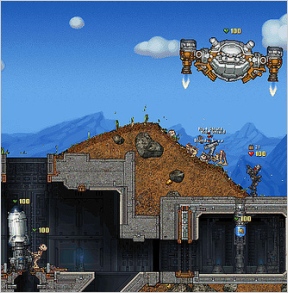 Many players complain about having a hard time controlling units, presumably because the rag-doll physics can hinder movement in certain scenarios. You might find yourself getting stuck, or having a tough time navigating with enough agility to play effectively. Remember that your direction is influenced by the mouse, as well as the [WASD] keys. You might have better luck if you point the mouse in the direction you're headed.
Many players complain about having a hard time controlling units, presumably because the rag-doll physics can hinder movement in certain scenarios. You might find yourself getting stuck, or having a tough time navigating with enough agility to play effectively. Remember that your direction is influenced by the mouse, as well as the [WASD] keys. You might have better luck if you point the mouse in the direction you're headed.
Even though the game is remarkably playable, it's important to keep in mind that Cortex Command is still in beta. The game is still in development and doesn't include a full campaign (or "story") mode yet. In fact, there are only three campaign levels available to play, including the tutorial. There are just a handful of "skirmish" (mission) levels available, half of which are more aimed at demonstrating the game's physics and engine more than anything else. Multiplayer is available with up to four people, using split-screens. There's a nice level editor included if you're interested in making your own content, and since the game was made compatible with the Lua programming language, some fans already have mods available on the official forums.
There is a lot of potential in Cortex Command. Not only in the possibility of what's to come in the final release (full campaigns, objective-based missions), but everything that the fan community will undoubtedly cook up as well. For now, you can buy a "discounted" license, which is essentially like pre-ordering the game. You'll be eligible to download and unlock all future releases, including the final retail release. But make sure you read all the info; the reason you can buy it at a discount is because there's no guarantee that the game will ever see a "final" release. But if you're one of the fans that's been tracking the progress of Cortex Command over the last year or two, you're probably more than happy to pay a small fee to get lifetime updates, even if that means the game stays in beta for another two years.
 Windows:
Windows:
Download the demo
Get the full version
 Mac OS X:
Mac OS X:
Download the demo
Get the full version
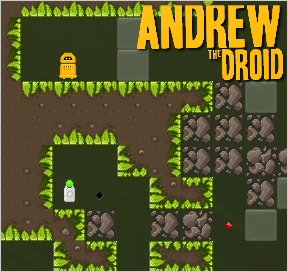
![]() A brand new puzzle platformer has just been released by ooPixel, creator of Gride, Rapid Wars, and more.
A brand new puzzle platformer has just been released by ooPixel, creator of Gride, Rapid Wars, and more.





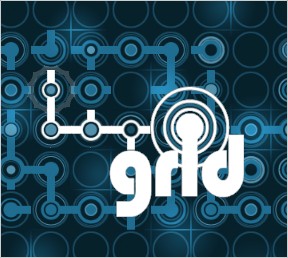
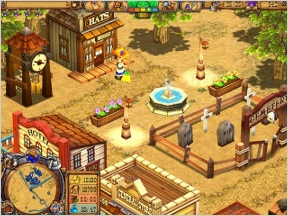
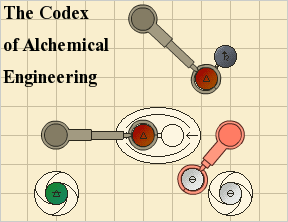
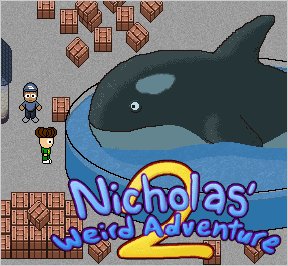


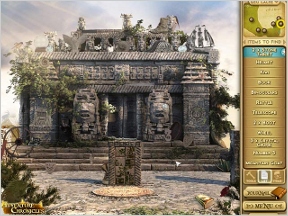
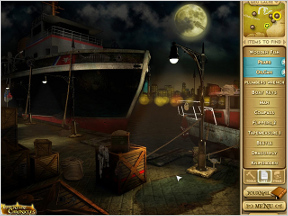

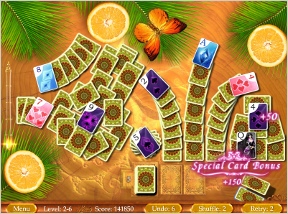




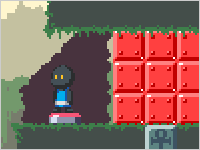
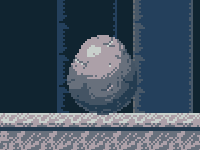
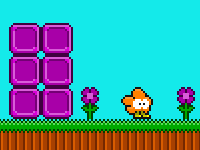
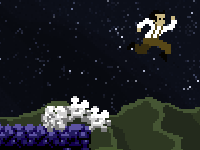
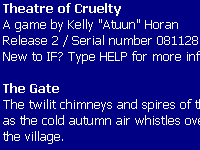






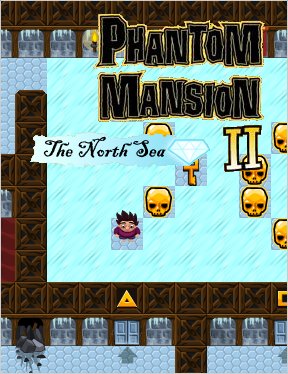
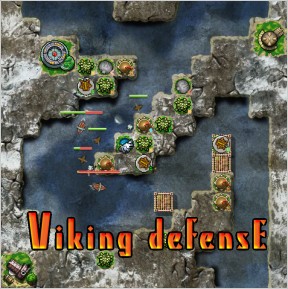
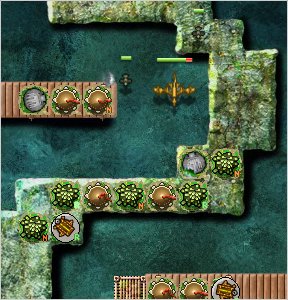

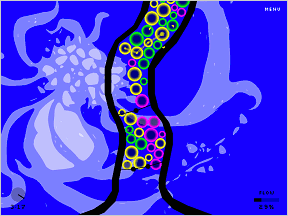
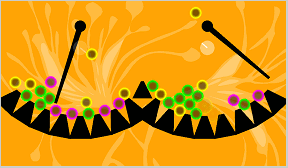







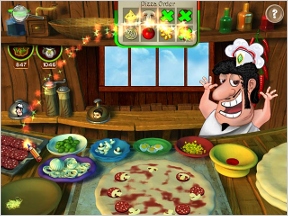
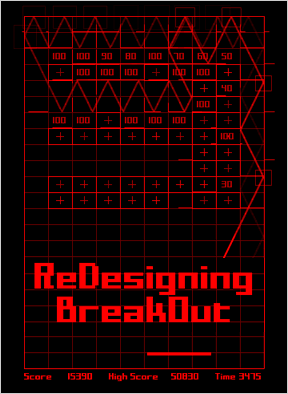
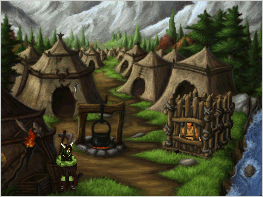

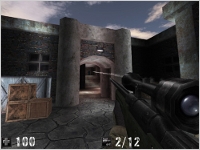





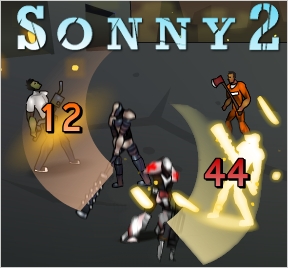

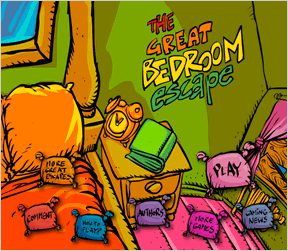
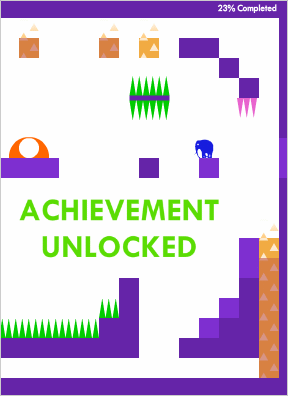
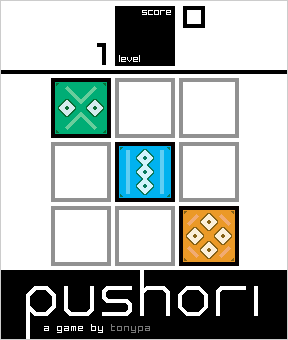

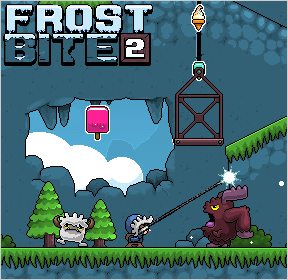
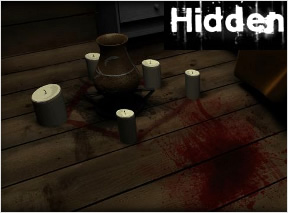
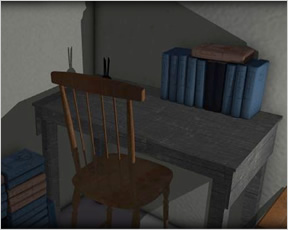
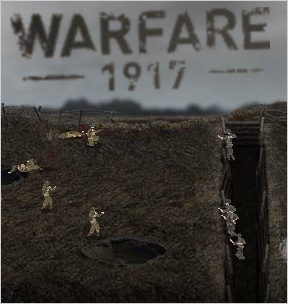
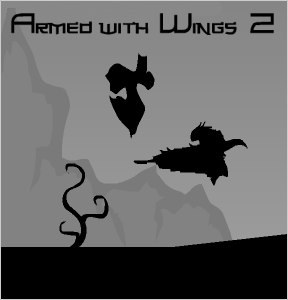


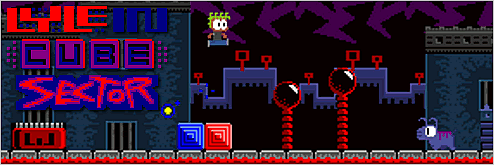
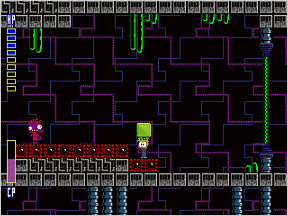
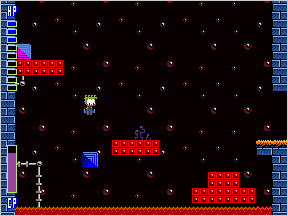


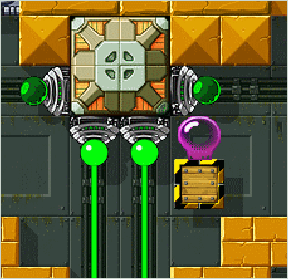
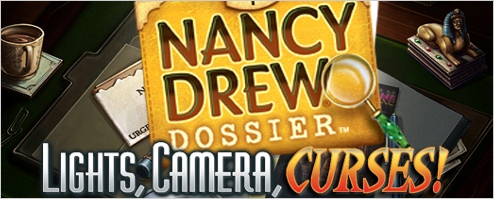

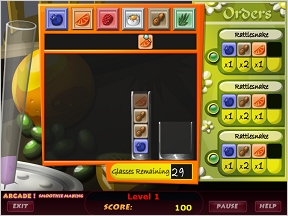

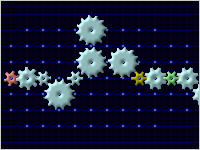
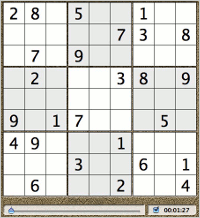

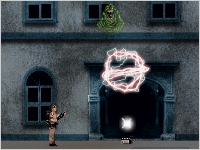

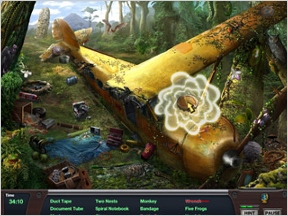
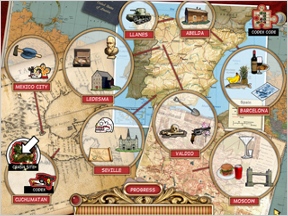

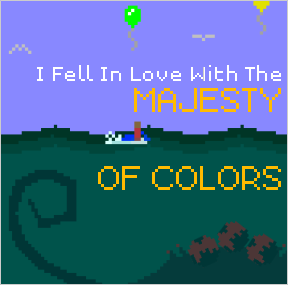
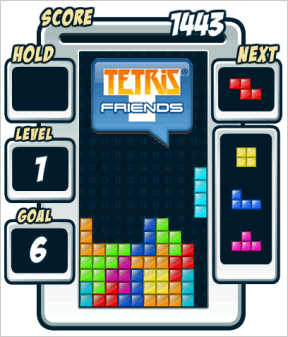

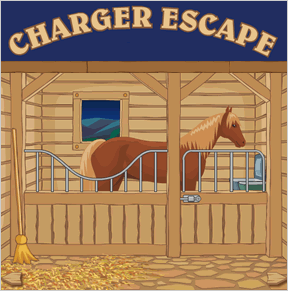

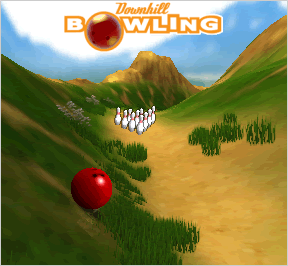
 Ungo: Hola. My name is Ungo, and this is my best friend, Virop. We work for an interplanetary shipping company. Recently, we were to transport a special piece of cargo (more specifically, a talking doll), but got distracted along the way and crashed.
Ungo: Hola. My name is Ungo, and this is my best friend, Virop. We work for an interplanetary shipping company. Recently, we were to transport a special piece of cargo (more specifically, a talking doll), but got distracted along the way and crashed.


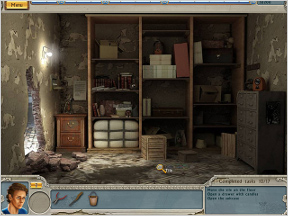
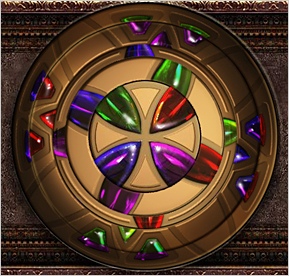

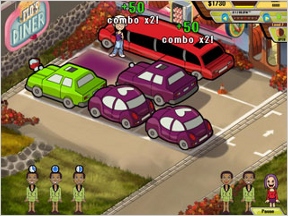
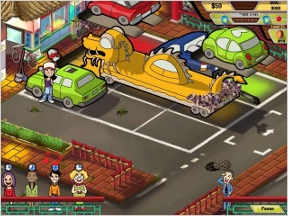
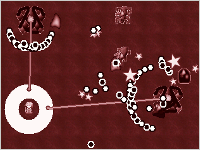
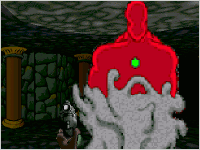
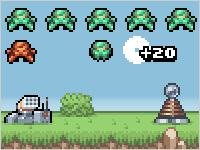




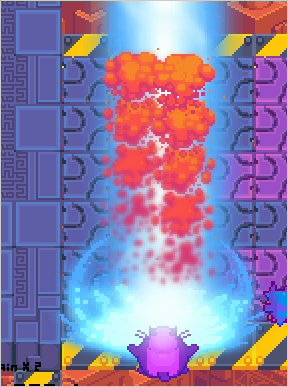
 Hotel 626, an advergame created to promote Doritos snacks, is an amazingly innovative, beautifully-produced nightmare of a game. After "checking in" (giving the website your name, email and creating a password), you are immediately whisked away into the opening movie: your awakening, in the middle of the night, in your room at this hellish hotel. Strange noises echo in the distance. Your breath quickens, your heart pounds, and some animal instinct screams that you need to get out. You throw on your shirt, dash into the hallway, and then the real game begins.
Hotel 626, an advergame created to promote Doritos snacks, is an amazingly innovative, beautifully-produced nightmare of a game. After "checking in" (giving the website your name, email and creating a password), you are immediately whisked away into the opening movie: your awakening, in the middle of the night, in your room at this hellish hotel. Strange noises echo in the distance. Your breath quickens, your heart pounds, and some animal instinct screams that you need to get out. You throw on your shirt, dash into the hallway, and then the real game begins.
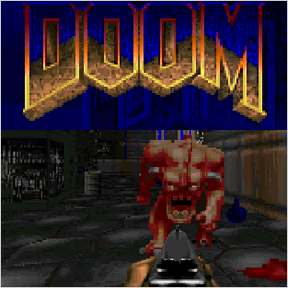

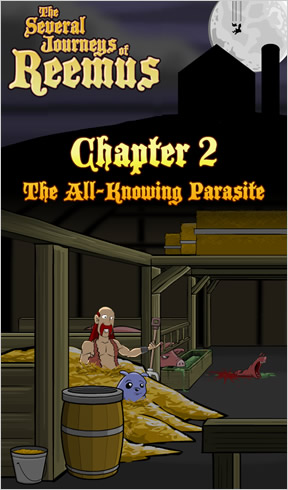

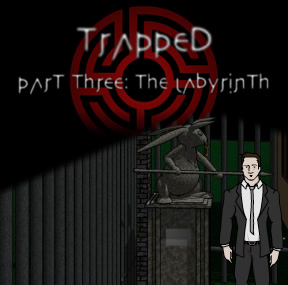


Recent Comments